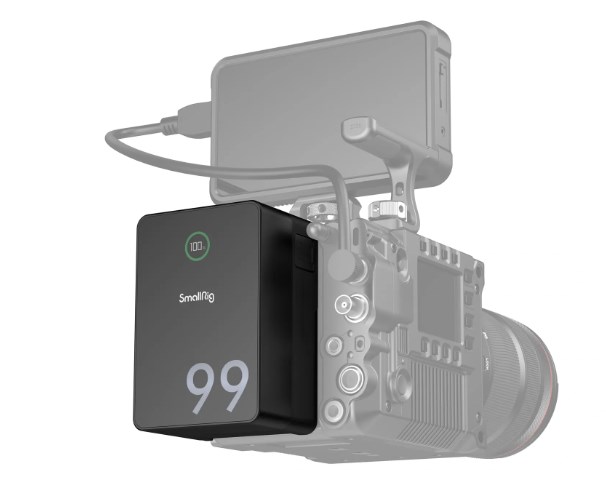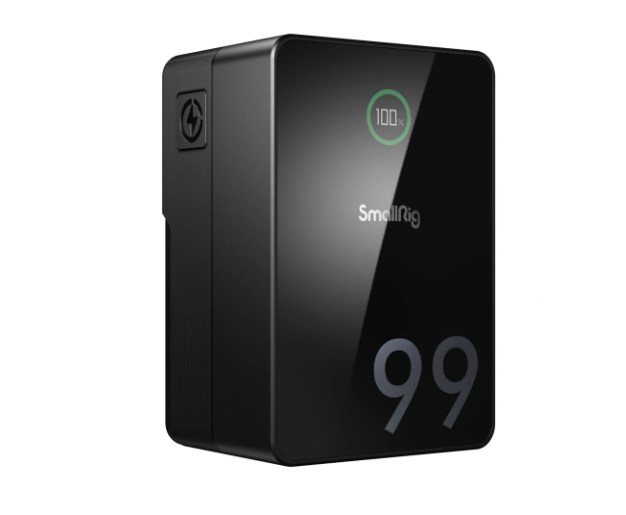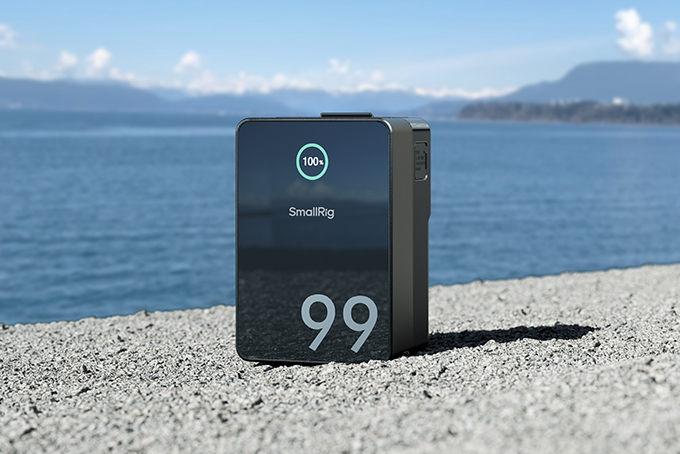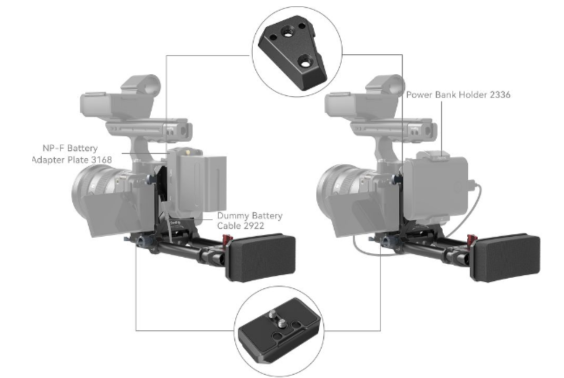Selecting the optimal video camera battery helps attain unremitting and efficient shooting experiences. Thus, this article aims to give helpful information about battery varieties for photographers, each with its own chemistries and performance characteristics and offers practical advice for buying. Photographers may choose batteries that meet their shooting needs and equipment compatibility while understanding lithium-ion, nickel-metal hydride, and other battery technologies.

Common Video Camera Battery Types Used
- Lithium Batteries
Lithium batteries in smaller video cameras and accessories claim high energy density and shelf life. When referring to primary cell types, they're single-use for devices that need power over a period with slight usage, including remote controls. Notably, they perform well in various temperatures, operating in relatively cold and hot conditions. This advantage is also adaptable when the term refers to the secondary cell type, like the lithium-ion battery introduced below.
- Lithium-ion Batteries
Lithium-ion camera batteries belong to rechargeable camera batteries. They are essential in specialized video camera equipment due to their high energy-to-weight ratio, which implies maximized power in minimized weight, offering advantages for handheld or gimbal-mounted cameras.
Moreover, they have no memory effect. It means they can be recharged at any discharge level without affecting their capacity and lifespan, which is vital for on-the-go filming. They're also eco-friendlier than some Nickel-based batteries as they contain no toxic cadmium.
- Nickel-Cadmium (NiCd) Batteries
Nickel-cadmium batteries were once dominant in older video camera models. Now, they are less common due to environmental issues. Their strength lies in their durability and exceptional performance under heavy use and frequent discharge cycles. They can also deliver high current levels for devices requiring sudden power bursts.
However, NiCd batteries are often heavier than other types of batteries of the equivalent capacity and suffer from the memory effect. It requires complete discharge before recharging to uphold capacity. Consequently, it renders them less practical for erratic shooting schedules.
- Nickel-Metal Hydride (NiMH) Batteries
Nickel-metal hydride batteries are a step up from their Nickel-Cadmium predecessors. They offer a higher capacity and fewer environmental concerns with no toxic cadmium, delivering steady power output for devices with moderate to high power requirements. They are common for mid-range video cameras and accessories. Nevertheless, NiMH batteries suffer from a self-discharge rate higher than lithium-based batteries. They lose charge faster when not in use.
How to Choose the Right Video Camera Battery for Specific Needs
Now that you have a basic understanding of several commonly used battery types, the following tips will assist you in choosing the final best choice to power your shooting experiences.

- Battery Capacity and Runtime
When picking a video camera battery, prioritize a higher mAh rating, which indicates the battery capacity, for protracted runtime. A higher-capacity battery generally means it can provide power for longer durations. Besides, take considerations to check the power demands of your camera carefully.
For example, DSLRs are known to be power-hungry, especially when equipped with flash units or using continuous lights, which can further drain the battery. In such cases, consider carrying additional lightweight lithium batteries as backups or opt for an external V-mount battery solution.
- Size and Weight Considerations for Portability
A video camera battery's physical dimensions and weight are key for portability. Lithium-ion batteries are better thanks to their lighter weight and compact size. They provide the same power as heavier alternatives. For example, a lithium-ion battery weighs less and is tight enough to fit in a small camera bag, unlike a NiCd battery of similar capacity. It is essential for handheld or gimbal-mounted cameras; extra weight impacts stability and induces fatigue.
- Compatibility with Camera Accessories
Lastly, confirm that the video camera battery complies with your camera and its accessories. It includes checking the voltage and connector type. For example, a battery with a proprietary connector may not suit a camera that requires a standard DC barrel jack.
Besides, some batteries have built-in USB ports to power supplementary accessories, including LED lights or microphones. Choosing batteries attuned with universal chargers is also beneficial. It facilitates more straightforward and faster charging when using manifold batteries during a shoot.
SmallRig's VB99 Pro mini V Mount Battery
At SmallRig, we take serious concerns about photographers' needs and present our newly launched VB99 Pro mini V Mount Battery, a video camera battery for universal brands that modernizes portability and efficiency.

Notably, the battery excels in portability since it is roughly 70% the size of a standard V-mount battery. It integrates a BMS intelligent chip for rapid 100W charging, allowing a complete charge in 2.5 hours. Moreover, the selection of high-capacity LG battery cells contributes to reliability through repeated cycles.
It also features multiple interfaces, including 2 USB-C, 1 D-Tap, 1 USB-A, 1 8V-OUT, and 1 12V-OUT, enabling concurrent fast charging. Further, its construction promises robustness by utilizing aluminum alloy and a fireproof PC. The explicit data display on the TFT color screen also facilitates a better user experience with this SmallRig V Mount battery.
Conclusion
SmallRig has always committed to creating user-centric devices that help improve each filmmaking journey. We have developed over 900 items for live broadcasting, vlogging, professional commercials, and Hollywood production since 2013. In particular, our video camera battery solutions have accompanied numerous on-the-go filmmakers during extended shoots or in rough environments.
Our 415 licensed patents, 10 Red Dot Design Awards, and 6 iF Product Design Awards demonstrate our dedication to excellence. Through our "User Co-design" mode and DreamRig free modification initiative, we encourage a worldwide community of photographers and filmmakers to collaborate and create.
 How to Choose the Best V-Mount Battery for Your Camera Setup: A Complete Guide
How to Choose the Best V-Mount Battery for Your Camera Setup: A Complete Guide
 Come and Check Out the SmallRig's Christmas Gift Guide for Content Creators!
Come and Check Out the SmallRig's Christmas Gift Guide for Content Creators!
 Advanced 4063 Vs. Compact 4064 V-Mount Battery Plate: How To Choose?
Advanced 4063 Vs. Compact 4064 V-Mount Battery Plate: How To Choose?












